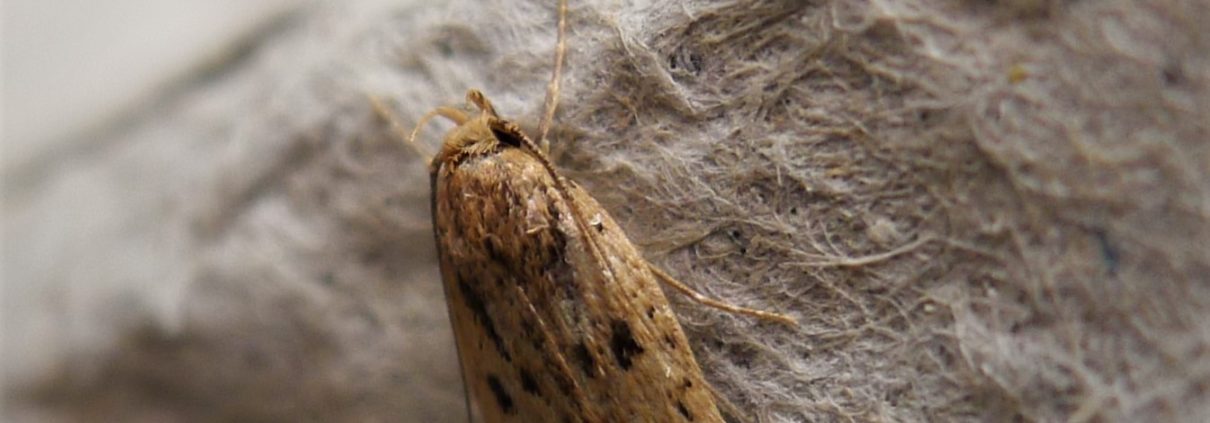What Causes Moths In The Home?
Although people think of protecting their clothes when it comes to moths, did you know that moths love breeding in your carpets? That is why they are often referred to as carpet moths. But what causes carpet moths, and why do they eat your clothes and carpets?
Identifying Carpet Moths
Carpet moths are easy to spot and generally have the following traits:
- Small with a mottled brown color and black spots across their front wings
- Have a wingspan measuring between 9 and 16mm
- Both their hind and forewings have hairy fringes.
- The moth larvae leave their casing behind. If you find something in your carpet that looks similar to rice, this is a sign that you probably have moths.
What Causes Carpet Moths?
The larvae of carpet moths eat the keratin proteins found in skin and hair. They have a strong attraction to fur, silk, wool, and other high quality and natural materials. If you don’t have silk or wool carpets in your home, there’s still a chance you will get moths. They can fly in from outside and will happily make a home in synthetic carpet fibers too.
Within the pile of a carpet or rug, moths can hide their eggs safely out of harm’s way. Once the eggs hatch, they turn into hungry larvae. Even if the larvae don’t eat the actual fibers, they will still eat dirt that collects in them, such as food crumbs, hair, skin, and other household dirt. These are filled with all the nutrients they need to grow.
They also like eating dirty clothes for similar reasons. These items will be covered in hair, skin and sweat, all rich in keratin.
Another contributing factor to carpet moth infestations is the climate. They prefer warm temperatures, so are more active during the summer.
Prevent Carpet Moths
The best remedy is to not have any carpeting. However, if that’s not possible, cleaning and especially vacuuming your carpet regularly can control carpet moths from becoming an infestation.
Keeping clothing freshly laundered before going back in your closet or drawers is another strategy. Also, using pheromone moth traps can help curb the population.
We Can Help
If you already have a moth infestation, give Amco Ranger a call. No matter how intimidating or pervasive your pest problem, you can trust that we know exactly how to handle it and make sure it doesn’t happen again. Give us a call today if you need help getting rid of pests in your home in Cottleville, St. Peters, O’Fallon, St. Charles, St. Louis, and surrounding communities.




